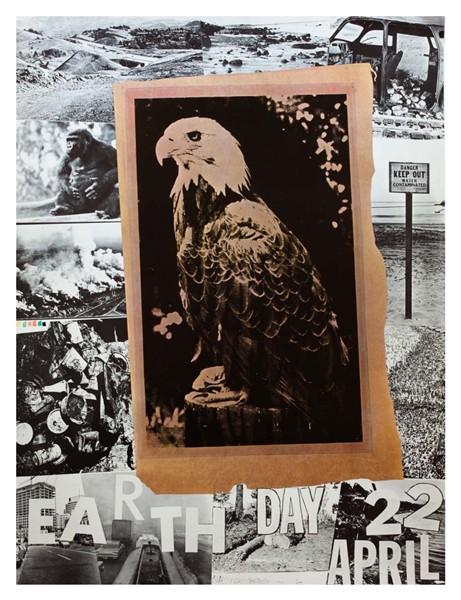
What do art and climate change have in common? Quite a lot, according to the Rauschenberg Foundation, which announced the founding of a new Climate Change Solutions Fund last week.
The foundation writes in a press release: “Our proposition is that a problem this massive and urgent requires experts in creative problem solving, a skill that is a prerequisite for outstanding artists.”
The Rauschenberg Foundation’s “Art + Environment” program has long raised awareness on climate change by supporting artist-led and art-related projects to educate the public on the causes of global warming. Their latest initiative is more open: non-profits working in the field of climate change or arts organizations partnering with scientists or organizations fighting climate change can apply for a grant between $25,000–150,000 from the new Climate Change Solutions Fund.
Announcing the new initiative, the foundation adds, “There is a missed opportunity to engage artists as critical minds and collaborators in the process of devising policy recommendations and brainstorming tactics for mobilizing the masses. Artists can bring the urgency of climate change into the forefront of our consciousness, just as they have with so many other issues from famine to AIDS to civil rights and more.”
Robert Rauschenberg was deeply concerned about global warming. He used his artistic fame as a platform to raise awareness on a variety of environmental issues from as early as 1970, when he designed the first ever Earth Day poster. In 1992, he created a series of lithographs to bring attention to UN Conference on Environment and Development.